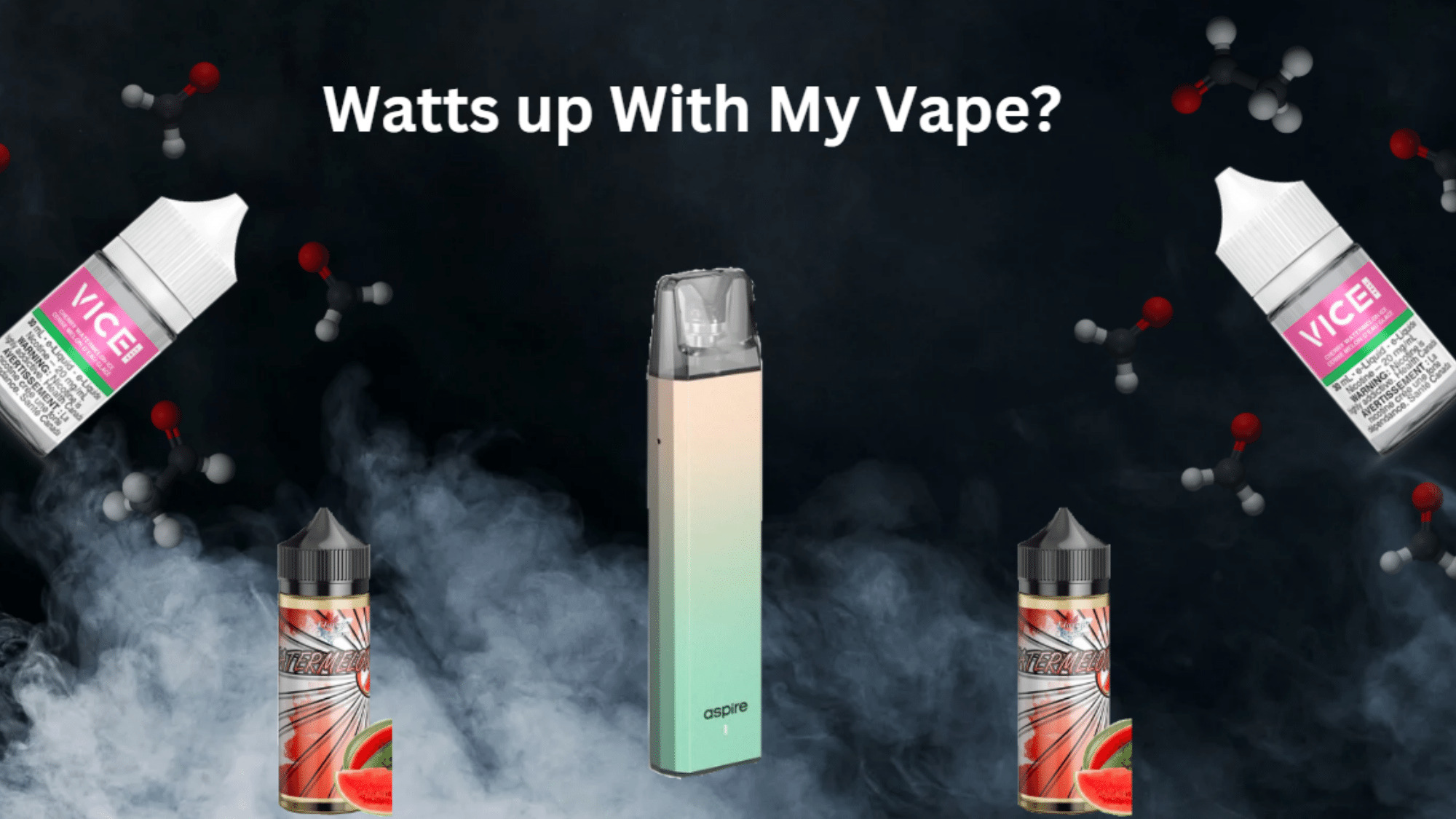Watts up With My Vape?
Posted on Thursday, April 4th, 2024

Project Summary:
This project analyzed the components of a vape puff at three different wattages: 10W, 20W, and 30W. Collected through 2,4-DiNitroPhenylHydrazine (DNPH) cartridges. The puffs were then analyzed using High-Performance Liquid Chromatography (HPLC).
| Client | ||
| Professor(s) | Martin Lee, | |
| Program | Biotechnology – Advanced | |
| Student Team Members | Madeleine Valiquet, Cheyanne Jeffrey, and Ethan Carter |
Project Description:
In 2022 in Canada younger people, in the teenage to young adult age range, were more likely to vape than older Canadians. The e-liquid in vapes contains harmful toxins such as aldehydes and other carbonyls. Generally, higher the e-liquid temperature gets, the more plentiful the carbonyls become.
The puffs from Flavour Crafters 0 mg/mL (of nicotine) Watermelon vape juice were collected by 2,4-DiNitroPhenylHydrazine (DNPH) cartridges at three different wattage settings on the vape 10W, 20W, and 30W. The puffs were eluted out of the DNHP cartridge with acetonitrile and collected as a liquid. Those liquid samples were run through the High-Performance Liquid Chromatography (HPLC) instrument to analyze the components in each puff.
This project not only shows the dangers of vapes but also how a component like wattage in a puff can change the level of danger. Due to the widespread use of vapes in teens and young adults it is a necessity to comprehend how the toxic carbonyls can change based on vaping habits such as increasing the wattage.